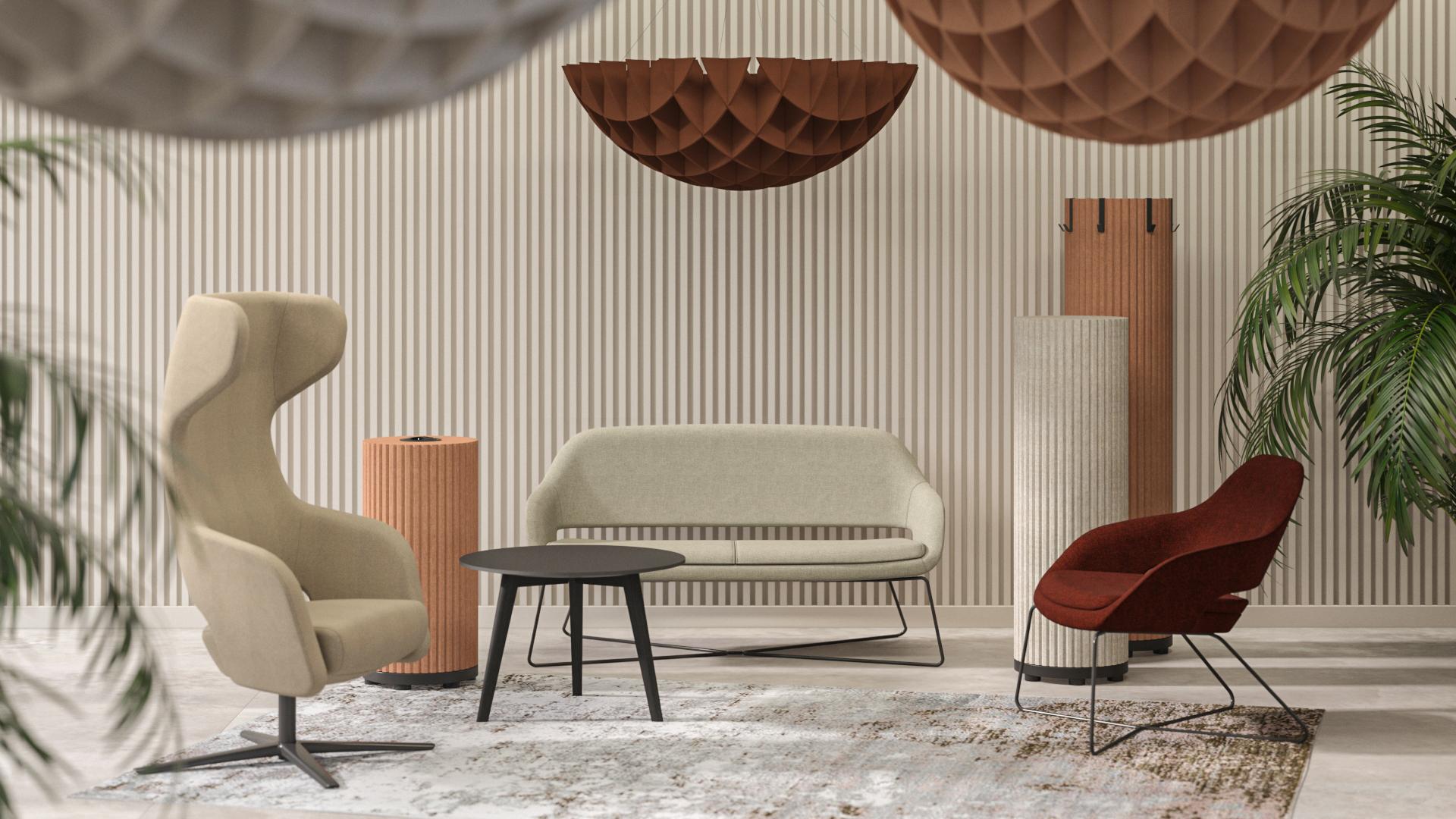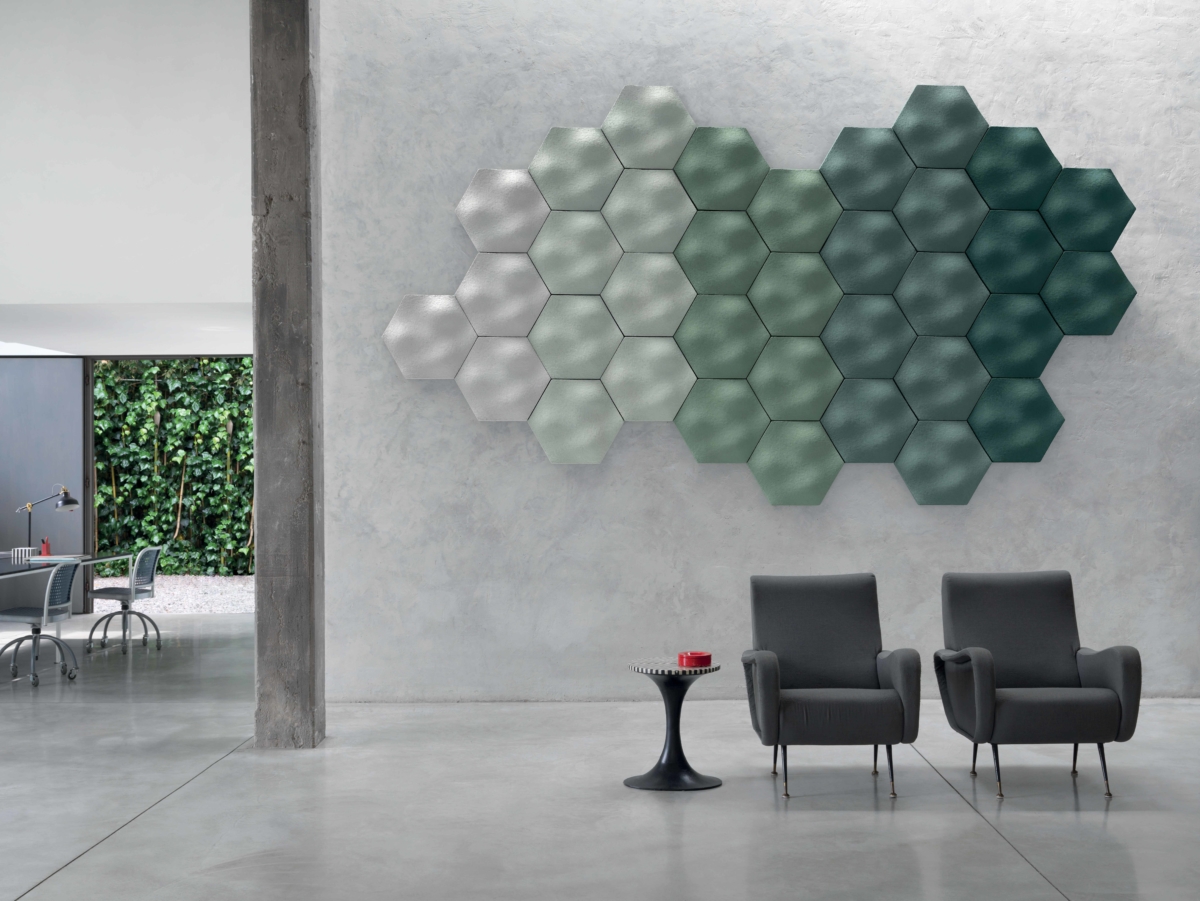Improve Your Space: Acoustic Solutions for Improved Noise Quality
Improve Your Space: Acoustic Solutions for Improved Noise Quality
Blog Article
Accomplish Perfect Harmony in Your Home With Effective Soundproofing Strategies for Optimum Acoustics
Developing an environment of ideal harmony in your house involves greater than just the appearances of style and design. Soundproofing plays an essential duty in achieving optimum acoustics, affecting the method we experience and communicate with our space. By recognizing the basics of soundproofing, identifying resources of sound disruptions, choosing appropriate products, and using tested strategies, you can change your home into a haven of tranquility where noise enhances instead than disrupts. The trip to grasping soundproofing techniques for ideal acoustics begins with a thoughtful technique that stabilizes performance and comfort, resulting in an immersive acoustic experience that genuinely balances with your way of living.

Comprehending Soundproofing Fundamentals
Soundproofing is rooted in the understanding of just how audio waves traveling and communicate with various materials. The secret to effective soundproofing lies in interfering with or absorbing these audio waves to minimize their transmission from one area to another.
Comprehending the idea of sound transmission class (STC) scores is essential in choosing the best materials for soundproofing. The STC rating measures just how well a product can lower air-borne sound transmission with it, with higher STC ratings showing better soundproofing abilities. Additionally, taking into consideration the effect of effect insulation course (IIC) ratings for minimizing influence noise, such as footprints or furniture moving, can even more boost the performance of soundproofing remedies.
Evaluating Sound Sources in Your Home
Building upon the foundational understanding of soundproofing principles, a vital step in efficient noise reduction within your home entails identifying and evaluating the various resources of undesirable noise. Noise resources can be categorized right into two main types: air-borne sound, which includes seem like discussions, songs, and television, and effect noise, such as footprints or products being dropped. To assess these sources, take into consideration the different spaces in your home and the activities that commonly occur in each. The living area might have more air-borne noise from enjoyment systems, while impact noise from footsteps might be a concern in locations with difficult flooring like corridors or kitchen areas.
In addition, take into consideration outside resources of noise, such as traffic, next-door neighbors, or close-by building, which can also affect the acoustics within your home. acoustic solutions. Identifying these sources will certainly help you prioritize areas for soundproofing and select one of the most reliable options. By pinpointing the certain sound sources in your home, you can tailor your soundproofing efforts to attain optimal outcomes and produce a much more calm and harmonious living atmosphere
Choosing the Right Soundproofing Materials
When selecting soundproofing products for your home, it is important to focus on effectiveness and compatibility with your details sound problems. Take into consideration factors such as the kind of sound you are attempting to block, the level of soundproofing required, and the appearances of the materials to guarantee they blend effortlessly into your home.
One common product for here are the findings soundproofing is acoustic foam. This light-weight and versatile product is fantastic for soaking up mid to high-frequency sounds, making it ideal for music rooms, home theaters, or workplaces. Another alternative is mass-loaded plastic, which is effective in shutting out low-frequency noises like website traffic or equipment sounds. For wall surfaces and ceilings, soundproof drywall is a prominent selection due to its ability to reduce sound transmission between areas.
Curtains and carpets made from sound-absorbing products are likewise effective in dampening sound, particularly next in areas with difficult surface areas that trigger sound to bounce around. Bear in mind, the key to effective soundproofing is selecting the best materials that address your details sound concerns while improving the total convenience and acoustics of your home.
Implementing Soundproofing Strategies
To successfully implement soundproofing techniques in your home, it is essential to begin by assessing the locations that are most at risk to noise seepage. Usual sources of sound can consist of outside sounds from traffic, neighbors, or neighboring building and construction, as well as interior resources like devices, pipes, and amusement systems. When you have determined these areas, you can begin applying soundproofing services tailored to every certain space.

For even more substantial noise reduction, think about mounting soundproof drywall, double-glazed windows, or durable networks to isolate resonances. In addition, reorganizing furnishings, adding bookshelves, or incorporating sound-absorbing products can additionally improve the acoustics of an area. By purposefully implementing these soundproofing strategies, you look at here now can produce a quieter and more peaceful living atmosphere in your home.
Keeping and Improving Acoustic Atmosphere
After carrying out soundproofing methods to deal with noise seepage in your house, the focus moves in the direction of maintaining and improving the acoustic setting to make sure a continually peaceful space. To preserve ideal acoustics, frequently check soundproofing products for deterioration, ensuring they continue to be reliable in obstructing unwanted sound. Maintain doors and home windows effectively secured to stop audio leakage and consider adding weather stripping or door sweeps for additional soundproofing.
Improving the acoustic atmosphere can involve critical placement of furniture, rugs, and curtains to moisten audio reflections and echoes. Making use of sound-absorbing materials such as acoustic panels or foam can even more improve the general sound high quality in your house. acoustic solutions. In addition, including soft furnishings like paddings and coverings can aid decrease sound reverberation, producing a much more enjoyable auditory experience
In addition, buying sound-absorbing design aspects like bookshelves, tapestries, or plants can add to a well balanced acoustic environment. Routinely decluttering your space can additionally stop acoustic waves from jumping off surface areas, eventually improving the general acoustics of your home. By consistently preserving and boosting your acoustic setting, you can create a harmonious and peaceful living room for yourself and your family members.
Final Thought
To conclude, attaining best consistency in your house through effective soundproofing techniques is essential for ideal acoustics. By understanding soundproofing fundamentals, examining sound resources, picking the appropriate products, applying techniques, and preserving the acoustic setting, you can develop a peaceful and delightful space cost-free from unwanted noise disturbances. Focusing on soundproofing initiatives can considerably improve the general high quality of life in your house.
Report this page